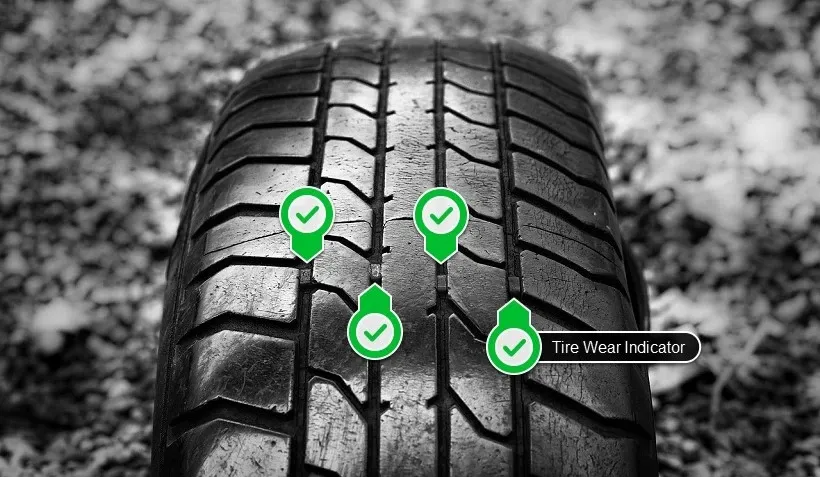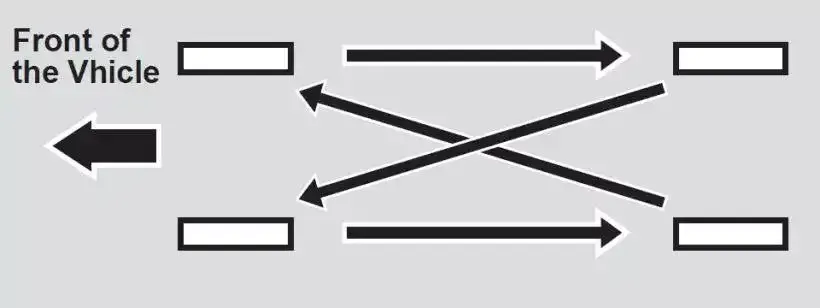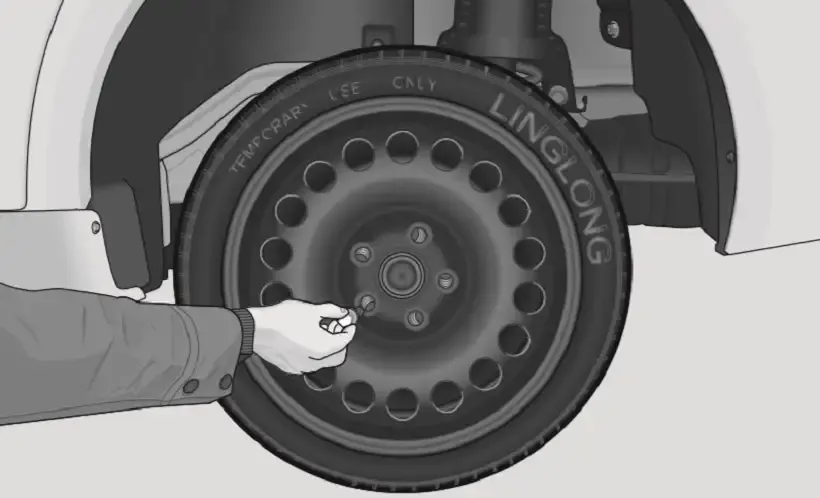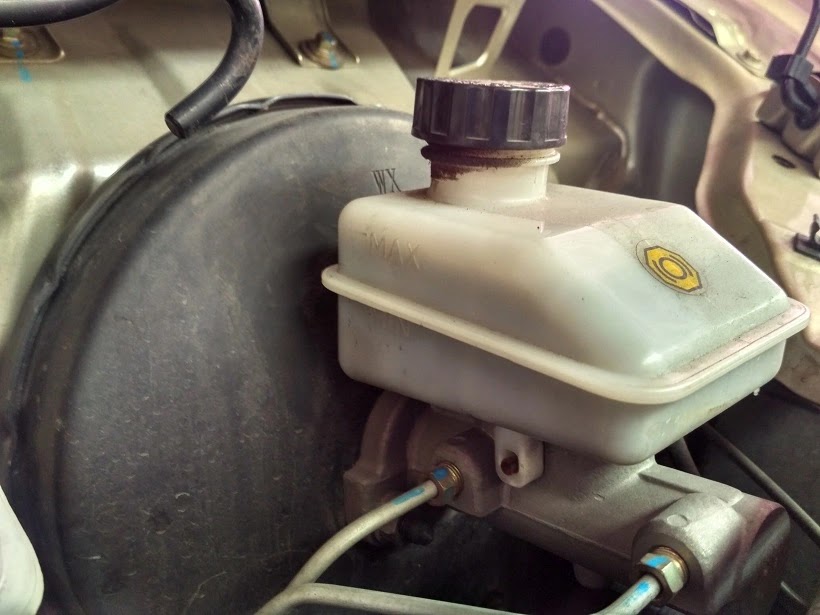Shocks and struts are critical components of your vehicle's suspension system. They play an essential role in ensuring a smooth and comfortable ride, maintaining vehicle stability, and prolonging the life of your tires and other suspension components. However, like all parts of a vehicle, shocks and struts wear out over time and need to be replaced. Knowing when to replace shocks and struts can save you money, enhance safety, and keep your car running smoothly.
👉Understanding the Role of Shocks and Struts
Before diving into when to replace shocks and struts, it's important to understand what they do. Shocks and struts may sound similar, but they serve different functions within the suspension system.
Shocks (Shock Absorbers). Shock absorbers are hydraulic devices designed to absorb and dampen the impact of road conditions. When your vehicle hits a bump, the springs compress, and the shock absorbers dissipate the energy generated by this compression. This prevents the car from bouncing excessively and ensures that your tires remain in contact with the road surface.
Struts. Struts, on the other hand, are structural components of the suspension system. They combine the functions of a shock absorber and a coil spring. In addition to absorbing shock, struts provide structural support to the vehicle's suspension. They help manage the weight of the vehicle, maintain proper alignment, and contribute to steering stability.
👉Signs That Indicate When to Replace Shocks and Struts
Over time, shocks and struts wear down due to constant use, exposure to road conditions, and environmental factors. It's essential to recognize the signs of wear to determine when to replace shocks and struts. Here are some common indicators:
1. Excessive Bouncing or Swaying. One of the most noticeable signs that it's time to replace your shocks and struts is when your vehicle starts to bounce or sway excessively. If you find that your car continues to bounce after hitting a bump or dip in the road, it's a clear indication that your shock absorbers are not functioning correctly. This excessive movement can make your ride uncomfortable and can also compromise your vehicle's handling and stability.
2. Nose Diving During Braking. If you notice that the front of your vehicle dips down or "nose dives" when you apply the brakes, it's a sign that your shocks or struts may be worn out. This occurs because the worn-out shocks or struts cannot adequately support the weight transfer during braking, leading to a loss of control and increased stopping distance.
3. Uneven Tire Wear. Another sign of worn shocks and struts is uneven tire wear. When shocks and struts are in good condition, they help keep the tires firmly on the road, ensuring even tire contact. However, when these components wear out, the tires may not maintain consistent contact with the road surface, leading to uneven wear patterns. This can reduce the lifespan of your tires and affect your vehicle's handling.
4. Leaking Fluid. Shocks and struts are filled with hydraulic fluid that helps them absorb impact. If you notice oil or fluid leaking from your shocks or struts, it's a sign that they may be damaged and need replacement. Leaking fluid reduces the effectiveness of the shocks and struts, leading to poor ride quality and handling.
5. Difficulty Steering. Worn shocks and struts can also make it difficult to steer your vehicle. You may notice that the steering feels loose or that the car pulls to one side when driving. This can be particularly noticeable when driving on uneven or bumpy roads. If you're experiencing difficulty steering, it's crucial to have your shocks and struts inspected and replaced if necessary.
6. Rattling or Knocking Noises. Unusual noises, such as rattling, knocking, or clunking sounds coming from your vehicle's suspension, can also indicate that it's time to replace shocks and struts. These noises can occur when the internal components of the shocks or struts become worn or damaged, leading to metal-on-metal contact.
7. Excessive Body Roll. When taking corners or making sharp turns, you may notice excessive body roll, where the vehicle leans excessively to one side. This is a clear indication that the shocks and struts are no longer able to control the weight transfer effectively, compromising the vehicle's stability and safety.
👉How Often Should You Replace Shocks and Struts?
Now that you know the signs that indicate when to replace shocks and struts, you might be wondering how often these components need to be replaced. The lifespan of shocks and struts can vary depending on several factors, including driving habits, road conditions, and the type of vehicle.
1. Manufacturer Recommendations. Most vehicle manufacturers recommend replacing shocks and struts every 50,000 to 100,000 miles. However, this is just a general guideline. The actual replacement interval can vary depending on how and where you drive your vehicle. For example, if you frequently drive on rough or unpaved roads, your shocks and struts may wear out more quickly.
2. Driving Conditions. Driving conditions play a significant role in determining when to replace shocks and struts. If you regularly drive on smooth highways, your shocks and struts may last longer than if you frequently drive on rough, uneven terrain. Additionally, if you often carry heavy loads or tow a trailer, the added weight can put extra stress on the suspension system, leading to faster wear and tear.
3. Driving Habits. Your driving habits can also impact the lifespan of your shocks and struts. Aggressive driving, such as hard braking, rapid acceleration, and taking corners at high speeds, can put additional strain on the suspension system and cause shocks and struts to wear out more quickly. On the other hand, gentle driving and maintaining a consistent speed can help prolong the life of these components.
4. Vehicle Type. The type of vehicle you drive can also affect how often you need to replace shocks and struts. For example, trucks and SUVs, which are designed for off-road use and heavy loads, may have more durable shocks and struts compared to smaller cars. However, the added weight and rugged use can also lead to faster wear in these vehicles.
👉The Importance of Regular Inspections
To ensure your shocks and struts are in good condition and to determine when to replace them, it's essential to have your vehicle's suspension system regularly inspected by a qualified mechanic. Regular inspections can help identify potential issues early on and prevent more significant problems down the road.
During an inspection, a mechanic will check for signs of wear, such as leaking fluid, damaged components, and excessive movement. They may also perform a "bounce test," where they push down on the vehicle's hood or trunk to see how quickly it returns to its original position. If the vehicle continues to bounce, it may be time to replace the shocks and struts.
👉Consequences of Not Replacing Worn Shocks and Struts
Ignoring the signs that it's time to replace shocks and struts can lead to several negative consequences, including:
1. Reduced Vehicle Control. Worn shocks and struts can significantly reduce your vehicle's control and stability, especially when driving on uneven or bumpy roads. This can make it more challenging to handle the vehicle, particularly in emergency situations, increasing the risk of accidents.
2. Longer Stopping Distances. When shocks and struts are worn out, your vehicle may require a longer distance to come to a complete stop. This is because the worn components cannot effectively manage the weight transfer during braking, leading to increased stopping distances and a higher risk of rear-end collisions.
3. Increased Tire Wear. As mentioned earlier, worn shocks and struts can lead to uneven tire wear. This not only reduces the lifespan of your tires but can also negatively impact your vehicle's handling and fuel efficiency. Replacing tires prematurely can be costly, so it's essential to address suspension issues promptly.
4. Damage to Other Suspension Components. When shocks and struts are worn, they can place additional stress on other suspension components, such as ball joints, control arms, and bushings. This can lead to premature wear and potentially costly repairs. By replacing shocks and struts when needed, you can prevent further damage to the suspension system.
5. Uncomfortable Ride. Perhaps the most noticeable consequence of worn shocks and struts is an uncomfortable ride. Without properly functioning shocks and struts, you'll feel every bump and pothole on the road, leading to a rough and jarring driving experience.
👉The Replacement Process: What to Expect
If you've determined that it's time to replace shocks and struts, you may be wondering what the replacement process entails. Here's an overview of what to expect:
1. Choosing the Right Shocks and Struts. Before the replacement process begins, you'll need to choose the right shocks and struts for your vehicle. It's essential to select components that are compatible with your vehicle's make and model. You can consult your vehicle's owner manual or speak with a qualified mechanic to ensure you choose the correct parts.
2. Professional Installation. While some car owners may attempt to replace shocks and struts themselves, it's generally recommended to have the work done by a professional mechanic. Replacing shocks and struts requires specialized tools and expertise, and improper installation can lead to safety issues and further damage to the suspension system.
3. Alignment Check. After replacing shocks and struts, it's essential to have your vehicle's alignment checked and adjusted if necessary. Replacing these components can affect the vehicle's alignment, and driving with improper alignment can lead to uneven tire wear and handling issues.
4. Test Drive. Once the shocks and struts have been replaced and the alignment has been checked, the mechanic will typically perform a test drive to ensure everything is functioning correctly. During the test drive, the mechanic will check for any unusual noises, handling issues, or other signs that may indicate a problem.
👉Tips for Prolonging the Life of Shocks and Struts
While shocks and struts will eventually wear out and need to be replaced, there are steps you can take to prolong their life and ensure they perform optimally:
1. Drive Carefully. Avoid aggressive driving, such as hard braking, rapid acceleration, and taking corners at high speeds. Gentle driving can reduce the strain on your shocks and struts and help them last longer.
2. Avoid Potholes and Rough Roads. Whenever possible, avoid driving on rough or uneven roads, as these can accelerate wear on your shocks and struts. If you must drive on such roads, reduce your speed to minimize the impact on the suspension system.
3. Regularly Inspect Tires. Regularly check your tires for signs of uneven wear, as this can indicate a problem with your shocks and struts. Maintaining proper tire pressure and rotating your tires can also help prolong the life of your suspension components.
4. Perform Regular Maintenance. In addition to regular inspections by a mechanic, perform routine maintenance on your vehicle's suspension system, including lubricating moving parts and checking for signs of wear or damage.
👉When to Replace Shocks and Struts
Knowing when to replace shocks and struts is crucial for maintaining your vehicle's safety, performance, and comfort. By understanding the signs of wear and tear, following manufacturer recommendations, and taking steps to prolong the life of your suspension components, you can ensure a smooth and safe ride for years to come.
Regular inspections and timely replacement of shocks and struts not only enhance your driving experience but also prevent costly repairs and potential safety hazards. If you're experiencing any of the symptoms mentioned in this article, don't hesitate to have your vehicle's suspension system inspected by a qualified mechanic. Replacing worn shocks and struts may seem like an expense, but it's an investment in your vehicle's longevity and your safety on the road.
Want more videos all about auto?
Subscribe to our YouTube channel👉Cartech Home


























